The Return of Classic Characters in Super Mario Odyssey
In the ever-expansive world of Super Mario Odyssey, players relish the adventure of exploring vividly creative kingdoms and encountering beloved characters. Among the most exciting developments in the game’s updates is the triumphant return of classic characters from the Mario franchise, each bringing nostalgia and renewed excitement. This journey through the return of these characters highlights not only Nintendo’s investment in its legacy but also an evolving narrative that appeals to both veteran players and newcomers.
The inclusion of classic characters in Super Mario Odyssey begins with the subtle yet significant reappearance of Pauline. Originally introduced in the 1981 arcade classic, Donkey Kong, Pauline is credited as Mario’s first recurring damsel in distress. Unlike her earlier roles, Pauline’s modern rendition in Super Mario Odyssey positions her as the esteemed mayor of New Donk City. Her sophisticated portrayal brings a fresh dynamic to the storyline, highlighting her growth from a mere plot device to a pivotal character with agency. Players are immediately drawn to Pauline, whose jazzy vocal performance in the addictive “Jump Up, Super Star!” concert serves as a central attraction in the Metro Kingdom. Her appearance is a masterstroke by Nintendo, connecting the past with the present and elevating the game’s cultural impact.
Another highlight is the re-emergence of the Koopa Troopas. These turtle-like creatures have been Mario’s recurring adversaries since Super Mario Bros., first unleashed upon players in 1985. In Super Mario Odyssey, they return with a twist—taking on roles beyond simple obstacles. In Cascade Kingdom, for example, the Koopas helm the “Koopa Freerunning” minigame, challenging players to race to victory. Offering varying difficulty levels across different kingdoms, these races provide new ways to engage with classic foes, combining nostalgic elements with innovative gameplay mechanics. Koopas become more than just enemies; they are now integral to the game’s exploratory spirit, emphasizing skill and strategy over simple confrontation.
Boo, another fan-favorite character dating back to the 1988 release of Super Mario Bros. 3, floats into Super Mario Odyssey with a delightful ghostly charm. Though Boos are not central to the primary plot, their presence in the game’s darker and more whimsical levels, such as the Haunted Forest, injects nostalgia and a lighthearted challenge. Their classic traits of disappearing when faced and approaching when players’ backs are turned remain intact, a clever nod to their roots that continues to challenge players’ wits and reflexes. This strategic retention of past elements blended with new player dynamics ensures Boo’s return is as memorable as it is meaningful.
Yoshi, the lovable green dinosaur first introduced to audiences in Super Mario World on the Super Nintendo Entertainment System, bursts back onto the scene in Super Mario Odyssey post-game content. His arrival at the Scenic View on the Mushroom Kingdom delightfully reminds players of his long-standing partnership with Mario. Yoshi’s mechanics, like his flutter jump and penchant for gobbling up enemies, evoke fond memories for seasoned players and provide new opportunities for exploration. Nintendo manages to maintain Yoshi’s core appeal while seamlessly integrating him into Odyssey’s modern environment, emphasizing a creative blend of nostalgia and novelty that keeps players invested.
Luigi, Mario’s taller and often timid brother, makes his mark in Super Mario Odyssey through the “Luigi’s Balloon World” DLC. As host of a unique hide-and-seek multiplayer mode, Luigi’s addition offers an engaging experience that capitalizes on the game’s vast landscapes. Players hide balloons for others to find, strategically placing them with an aim to either craft a rewarding challenge or tease fellow gamers. This competitive aspect of Luigi’s character introduces social play, fostering community interaction, and ensuring continued engagement with the game long after its initial release. By extending his role beyond a sidekick into a facilitator of innovative gameplay, Luigi reinforces the enduring relevance of classic characters within modern frameworks.
A particularly beloved character, Toad, also makes his expected return, taking on his familiar supportive role. Serving as the intrepid explorer Captain Toad, he aids players by providing hints and tips. Toad’s character adds richness to the game’s lore, hooking new players with charm while conjuring nostalgia in franchise veterans. Captain Toad even carries his own unique missions, reinforcing exploration and rewarding curiosity—a fitting tribute to his original iterations. His supportive and explorative presence echoes his past contributions, providing continuity within the franchise and ensuring Toad remains a cornerstone character in Mario’s world.
Bowser, the quintessential antagonist of the series, returns with his traditional menace and grandeur. His role in Super Mario Odyssey, however, transcends the mere capture of Princess Peach. Bowser’s character is given more depth and flair, with a wedding-themed plot adding layers to his nefarious endeavors. His white tuxedo and top hat epitomize his royal aspirations, juxtaposed with his primal instincts. The game’s climactic battles with Bowser showcase a stalwart evolution in his character: from a stock villain to a more intricate antagonist who challenges Mario in cunning and strategy, offering a fresh perspective on a fan favorite while staying true to the series’ hallmarks.
Another enchanting surprise is the return of the Broodals, a group of antagonist rabbits reminiscent of the Koopalings from past titles. The Broodals bring with them the nostalgia of recurring mini-boss challenges, employing unique battle strategies that compel players to adapt and improvise. From Topper’s spinning hat attacks to Harriet’s explosive hair bombs, the Broodals cleverly pay homage to classic boss battles, rekindling the excitement of vanquishing foes with a modern touch.
Lastly, the beloved Princess Peach, whose plight often drives Mario’s adventures, goes through a subtle transformation in Super Mario Odyssey. No longer confined to waiting for her hero, Peach actively participates in the post-game Power Moons quest, traveling through kingdoms and savoring each locale. Her independence is a gentle yet powerful stride away from traditional themes, aligning with modern narratives and deepening players’ engagement with her character. Peach’s renewed autonomy not only highlights her evolution but also signals an exciting direction for future storylines in the Mario universe.
The return of these classic characters in Super Mario Odyssey is a testament to Nintendo’s creative prowess and respect for its storied history. By striking the perfect balance between nostalgia and innovation, Nintendo has successfully rejuvenated familiar faces with contemporary appeal. Each character’s role—whether antagonist, ally, or guide—enhances the game’s depth, fostering a connection with players that spans generations. This strategy not only bolsters Super Mario Odyssey’s standing as a landmark title in the franchise but also encapsulates the enduring magic of Mario’s world, where classic joy meets evolving adventure.
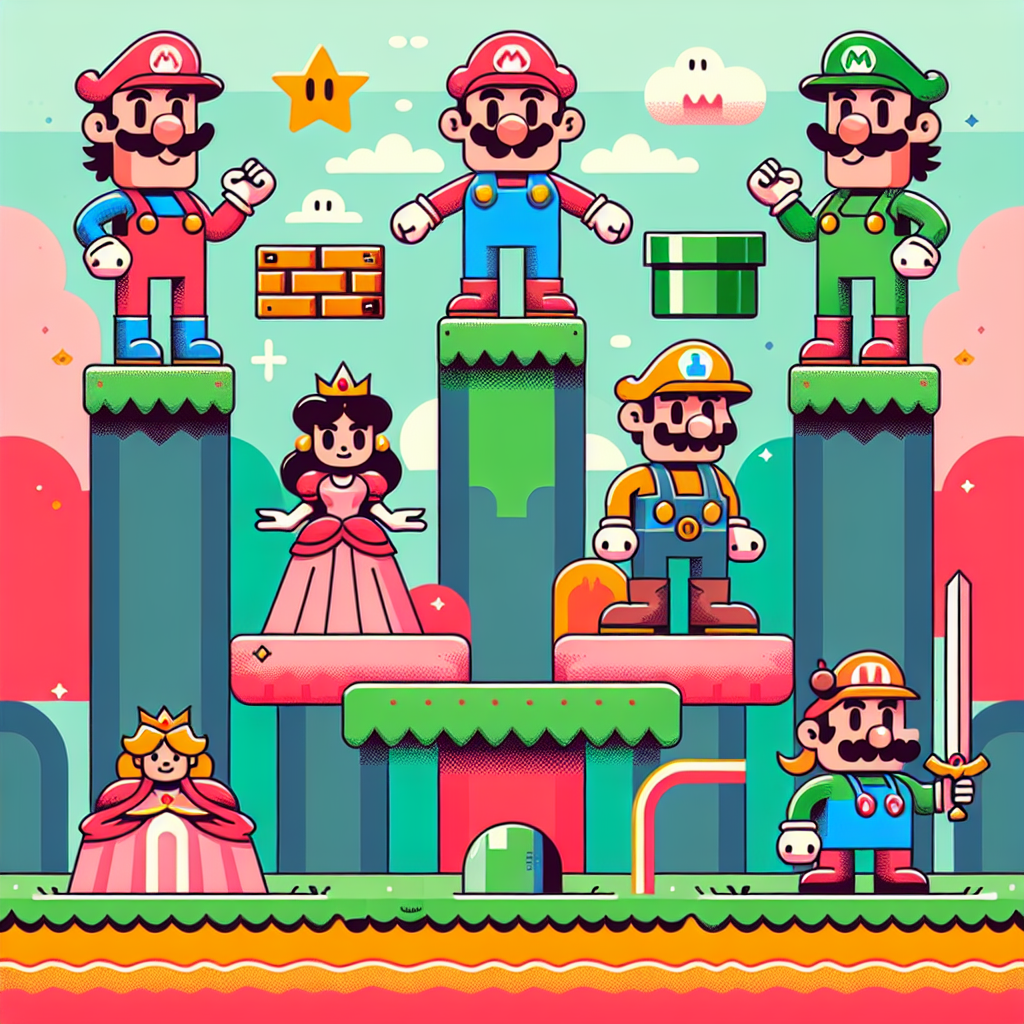


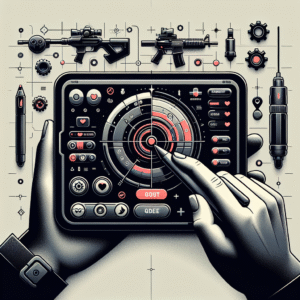



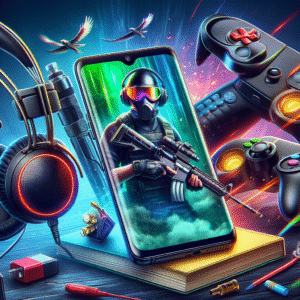

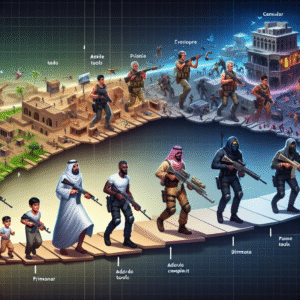
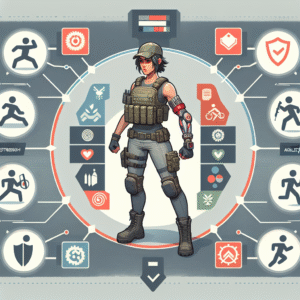
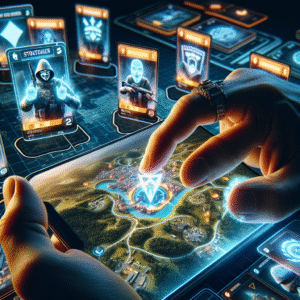
Post Comment